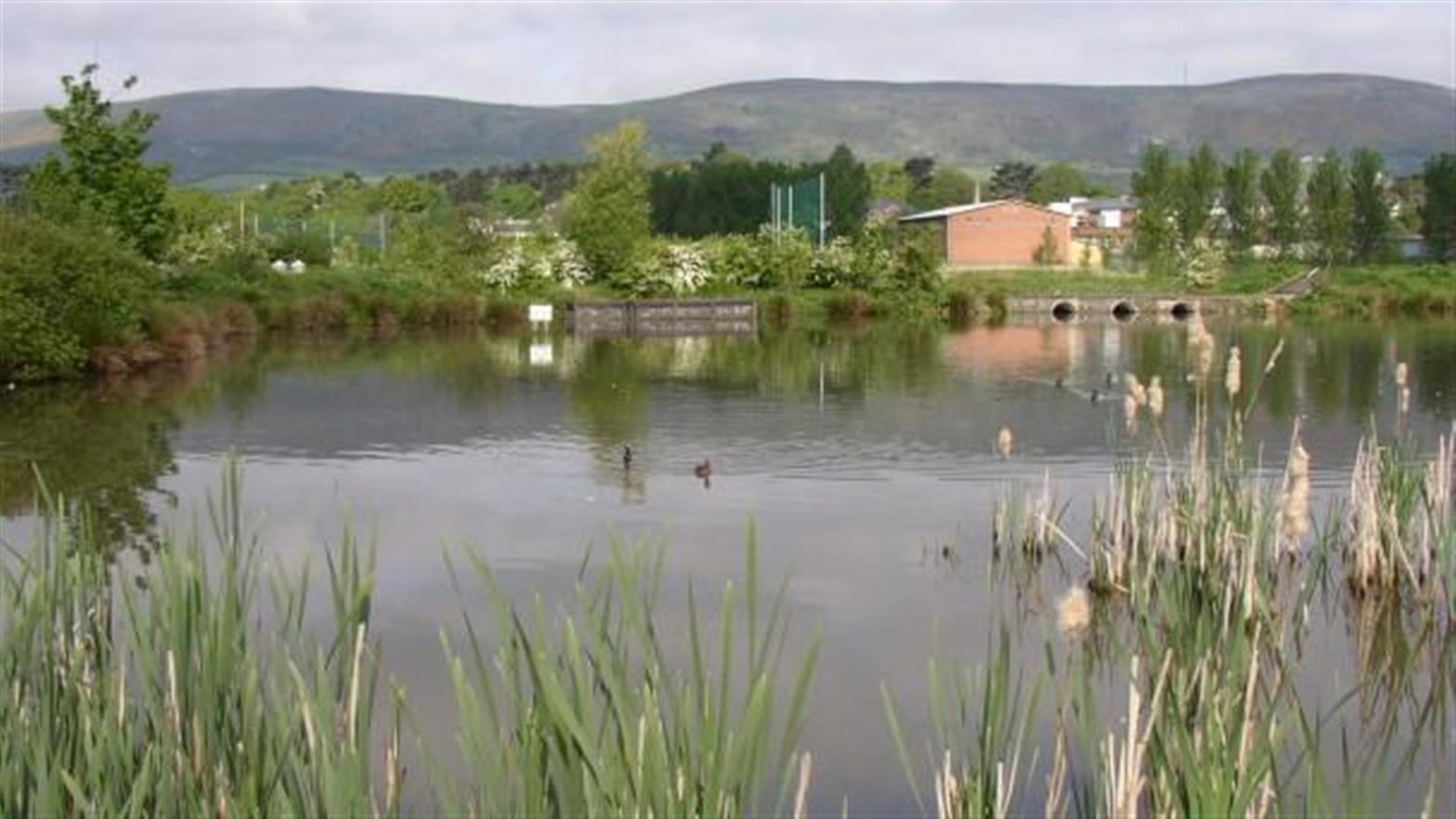
Bog Meadows Reserve – All You need to know
Location
Grid Ref: J 312 726 OS 1:50,000 sheet 15
The 19 ha (47 acre) Bog Meadows nature reserve lies close to the heart of Belfast city, adjacent to the M1, Milltown Cemetery and St. Louise’s College. It is made up of wetland, meadow and woodland habitats. The wheelchair-friendly reserve is accessible via Milltown Row, marked by a Brown and White Tourist sign on the Falls Road.
Description
The Bog Meadows once covered an area of about 400 acres of the floodplain of the Blackstaff River. This was lush farmland, used for hay-making and grazing in summer and flooded in winter providing a haven for wildlife, such as corncrake. However, the expansion of Belfast in the 19th Century saw increasing encroachment by housing and other developments, whilst construction of the motorway in the 1960s, and the culverting of the river, stopped flooding and enabled large-scale infilling.
A local group, ‘Friends of The Bog Meadows’, who later became a branch of the Ulster Wildlife Trust, campaigned for many years for the protection of the Meadows. Grant aid from the EU Special Support Programme for Peace and Reconciliation, and assistance from Rivers Agency and Environment and Heritage Service, led to the acquisition of the site by the Ulster Wildlife Trust, and to its development as a nature reserve.
Management
The main management regime on the reserve involves ensuring that the grassland and the wetlands do not become overgrown. Whilst the grass is currently managed using mowers, the Trust is pursuing grazing as the ideal method for its management.
The reserve is accessible to visitors, with a network of paths, bridges, stiles and signs. There is extensive Disabled Visitor Access.
Habitats
The reserve is made up of a number of different habitats including open water, marsh, grassland and a small amount of woodland. Each area is home to different bird species.
Species
The ponds are ideal for greylag goose, little grebe, mute swan, mallard, teal, tufted duck, pochard, coot, moorhen, black-headed gull and grey wagtail, whilst the marshy areas provide habitat for grey heron, water rail, snipe, reed bunting and stonechat.
These birds are joined by sedge and grasshopper warbler during the summer. Bird species found in the drier grassland areas include lapwing, skylark, meadow pipit, pied wagtail, mistle thrush and linnet.
The open water and ditches are ideal habitat for plants such as branched bur-reed, common and ivy-leaved duckweed, water starwort, water cress, fool’s watercress and brooklime. Horsetail, reedmace, reed canary-grass, floating sweet-grass, soft rush, sharp-flowered rush, brown sedge, marsh marigold, wild angelica, lesser spearwort, water mint, tufted hair-grass, marsh willowherb, marsh bedstraw, marsh ragwort and celery-leaved buttercup are found in the marshy areas. In the drier grassland visitors may see cuckoo flower, star, glaucous and hairy sedges, knapweed, common spotted orchid, meadowsweet, cat’s-ear, autumn hawkbit, meadow vetchling, bird’s-foot trefoil, ragged robin, meadow buttercup, common sorrel and ragwort.